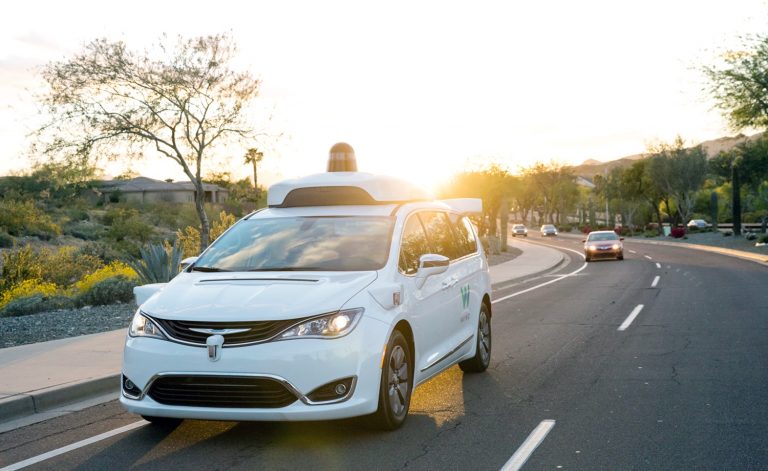 EMERGING TECH
EMERGING TECH
 EMERGING TECH
EMERGING TECH
 EMERGING TECH
EMERGING TECH
Waymo LLC stopped testing its autonomous vans on public roads last month because of the coronavirus pandemic, but the artificial intelligence powering the vehicles is continuing to rack up miles in simulation.
The Alphabet Inc. subsidiary today shared an update on its simulation efforts, revealing that its Driver autonomous driving AI is covering about 20 million miles a day on virtual roads. That’s the equivalent of about 100 years’ worth in the real world. Waymo uses these virtual road trips to hone Driver’s navigation capabilities and expose the system to new scenarios it may have to face in the future when ferrying passengers on public roads.
Waymo’s simulator runs on sister company Google LLC’s data centers and allows its virtual fleet to drive around the clock, seven days a week. The software assembles virtual test tracks from data that the group’s real-world autonomous vehicles has collected over 20 million miles of public roads. For comparison, Waymo has covered 15 billion miles in simulation to date, up from 10 billion when it last provided an update last June.
“Not every mile is created equally,” the Waymo team detailed in a blog post today. “A driver has to make fewer decisions while driving on a highway than driving down the bustling streets of San Francisco. In simulation, we can pick the most interesting encounters from our over 20 million autonomous miles on public roads in 25 cities across the country to maximize the efficiency of our learning.”
Waymo uses the collected data to replicate congested roads, intersections and other challenging driving environments. Engineers can tweak these simulations to make things even more difficult for Driver. They can, for instance, speed up traffic or place extra cyclists between virtual vehicles. The simulator can also generate entirely new road scenarios to prepare the AI for rare situations that it has not yet encountered in the real world.
“We ensure that as the Driver and scene evolve, we maintain realism by updating the environment around the Waymo Driver,” Waymo detailed. “That includes modeling agent behavior and using reactive agents — such as other cars, cyclists, pedestrians — who respond to the new position of our vehicle.”
Waymo’s blog post hints that the group has already started applying the technology it obtained through the acquisition of startup Latent Logic LLC last year. U.K.-based Latent Logic developed software that made it possible to generate virtual agents with realistic behaviors based on footage of cars, motorists and pedestrians captured by traffic cameras.
On top of honing Driver’s navigational skills, Waymo uses its simulator for user experience optimization. The group incorporates feedback from customers of its autonomous ride-hailing service in Arizona into simulations to find ways of fine-tuning factors such as braking speed that influence passenger comfort.
THANK YOU